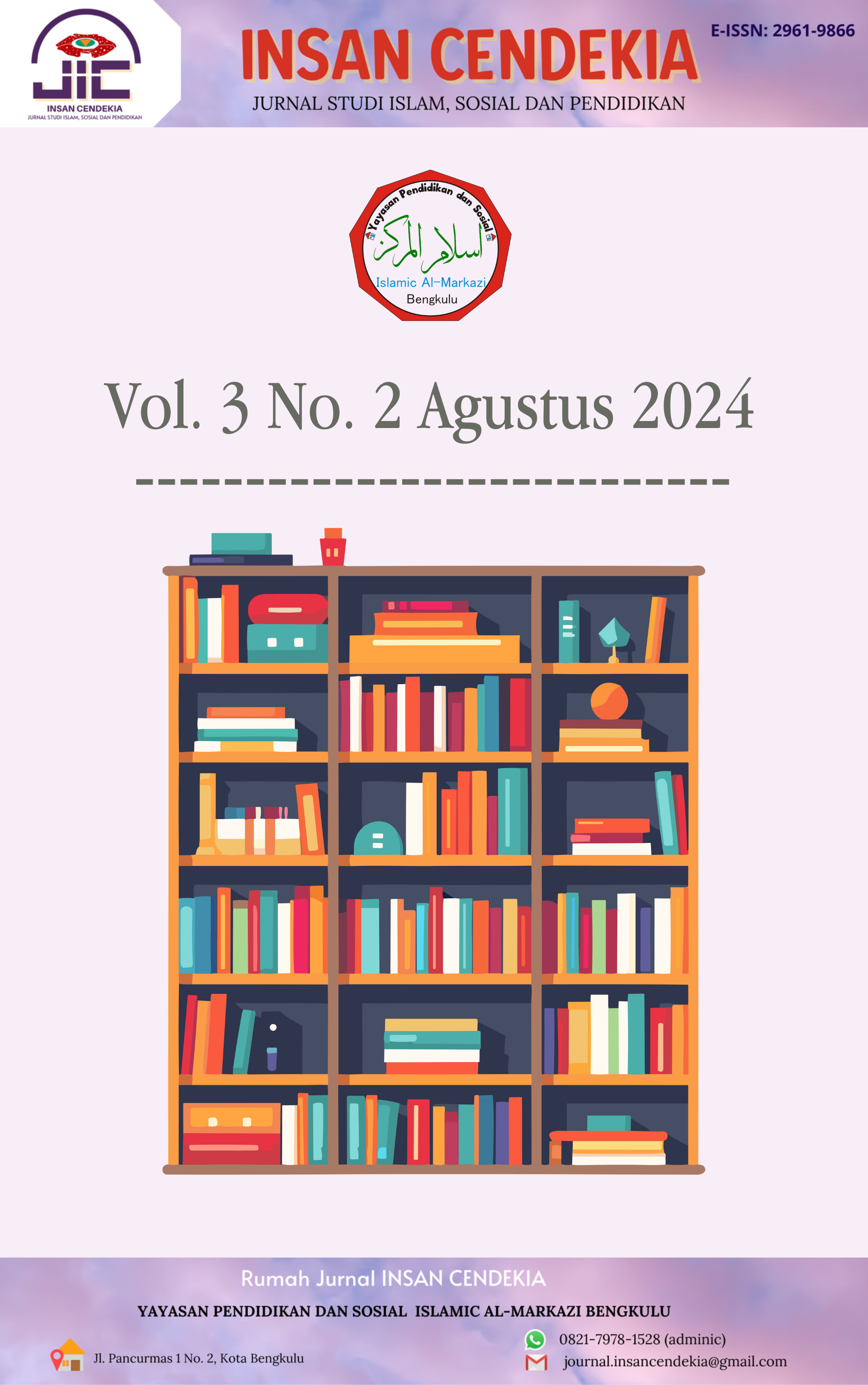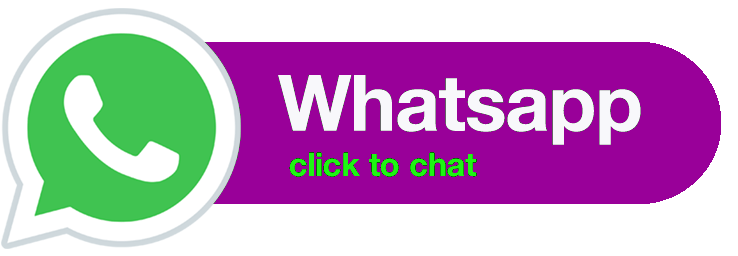MENINGKATKAN KEMAMPUAN LITERASI BAHASA INGGRIS DAN KREATIVITAS MELALUI KOMPETISI NASIONAL INFOGRAFIS
Keywords:
English Language Teaching, Infographics, Learning Innovation, National Competition, Educational Technology.Abstract
The National Competition Infographic activity themed "The Future English Language Teaching Trends and Innovation" aimed to increase public understanding and awareness, particularly academics, students, and education practitioners, of trends and innovations in English language teaching. A qualitative description method was used in this study to explain every aspect of the competition, from registration, assignment submission, assessment by two expert judges, and announcement of winners online through Zoom meetings with the number of participants of this competition is 50 participants. Data were collected through documentation of activities and committee evaluations. Results showed that taking the competition online made participation from different regions easier; however, time constraints and network issues were technical obstacles. The development of 21st century skills, such as critical thinking and digital literacy, can be encouraged by this capability. It can also encourage participants' creativity in visually displaying innovative ideas. It is hoped that this activity will be a source of inspiration to develop new innovations for teaching English in a more efficient way and in accordance with technological advances.
References
Alfayadh, A. T., Subhi, A. N., Zahra, A. M., Ru’yat, S. A., & Wahyunengsih, W. (2024). Efforts to increase student creativity by socializing digital literacy. Jurnal Pendidikan Tambusai, 8(2), 33498–33504. https://jptam.org/index.php/jptam/article/view/18734
Anggraeni, D. S. (2022). Analisis keberhasilan penggunaan media sosial terhadap penelitian mahasiswa (Bachelor's thesis, Fakultas Sains dan Teknologi UIN Syarif Hidayatullah Jakarta).
Chadidjah, S., & Erihadiana, M. (2020). Manajemen Peserta Didik Pada Mdta Al-Wahda Terunggul Di Kota Bandung. J-MPI (Jurnal Manajemen Pendidikan Islam), 5(2), 15.
Cynthia, R. E., & Sihotang, H. (2023). Melangkah bersama di era digital: pentingnya literasi digital untuk meningkatkan kemampuan berpikir kritis dan kemampuan pemecahan masalah peserta didik. Jurnal Pendidikan Tambusai, 7(3), 31712-31723. DOI: https://doi.org/10.31004/jptam.v7i3.12179
Hakim, M. A. R., & Serasi, R. (2021). Rekonstruksi Model Pengajaran Blended Learning Pada Program Studi Tadris Bahasa Inggris Sebagai Salah Satu Solusi untuk Sistem Pembelajaran Daring di Masa Pandemi Covid-19. Bengkulu: CV.Zigie Utama
Irkhamiyati, M. I. P., Hs, L., Asmara, A., Rochmaniah, A., & Hariri, A. (2021). Mengukur Kualitas Perpustakaan Perguruan Tinggi Berbasis Akreditasi. Perpustakaan Universitas muhammadiyah Surakarta.
Kesici, A. (2022). The effect of digital literacy on creative thinking disposition: the mediating role of lifelong learning disposition. Journal of Learning and Teaching in Digital Age, 7(2), 260-273. DOI: https://doi.org/10.53850/joltida.1063509
Khoridah, N. (2023). Analisis Pemahaman Literasi Numerasi pada Siswa Kelas V SDN Kuniran 03 (Doctoral dissertation, UNIVERSITAS ISLAM SULTAN AGUNG).
Kos, R., & Sims, L. (2014). Visual tools for learning: Infographics and education. Educational Technology, 54(3), 34–41.
Kurniawan, Y. S., & Hakim, M. A. R. (2024). Pemanfaatan Media Pembelajaran Interactive Flat Panel Display (IFPD) dalam Pembelajaran Bahasa Inggris untuk Mahasiswa Program Studi Perbankan Syariah. Jurnal Pendidikan Tambusai, 8(1), 11326-11341
Pazilah F.N., & Hashim, H. (2018). Infographics in ESL education: Enhancing motivation and 21st century skills. International Journal of Engineering & Technology, 7(4.38), 1429–1432. https://doi.org/10.14419/ijet.v7i4.38.28533
Prensky, M. (2001). Digital natives, digital immigrants. On the Horizon, 9(5), 1–6. (https://www.marcprensky.com/writing/Prensky%20%20Digital%20Natives,%20Digital%20Immigrants%20-%20Part1.pdf )
Payton, S., & Hague, C. (2010). Digital literacy professional development resource. Development.
Rudyanto, H. E., et al. (2023). Digital Environment Learning (DEL): Creativity in Framework of Digital Literacy. DOI: https://doi.org/10.23917/ppd.v10i1.21821
Selegi, S. F., & Aryaningrum, K. (2022). Literasi digital untuk meningkatkan kreativitas mahasiswa melalui pembuatan video tutorial alat peraga edukasi. Jurnal Sinestesia, 12(1), 77-89. DOI: https://doi.org/10.53696/27219283.144
Sudewi, P. W., Putri, A. M. J., & Imansari, N. (2025). Implementasi Infografis sebagai Media dan Pendukung Pembelajaran Bahasa Inggris. Jurnal ABDINUS: Jurnal Pengabdian Nusantara, 9(1), 259–270. DOI: https://doi.org/10.29407/ja.v9i1.23691
Downloads
Published
Issue
Section
License
Copyright (c) 2025 Indah Setyani, Oktaviani Hidayah, Angel Amori, Intan Purnama Sari, Emelda Dwi Puspita

This work is licensed under a Creative Commons Attribution-ShareAlike 4.0 International License.
LICENSE TO PUBLISH:
1. License
Authors who publish with Insan Cendekia agree to the following terms: Authors retain copyright and grant the Insan Cendekia right of first publication with the work simultaneously licensed under the Creative Commons Attribution-ShareAlike 4.0 International (CC BY-SA 4.0) license, that allows others to share (copy and redistribute the material in any medium or format) and adapt (remix, transform, and build upon the material) the work for any purpose, even commercially with an acknowledgement of the work's authorship and initial publication in Insan Cendekia.
2. Author’s Warranties
The author warrants that the article is original, written by stated author/s, has not been published before, contains no unlawful statements, does not infringe the rights of others, is subject to copyright that is vested exclusively in the author and free of any third party rights, and that any necessary written permissions to quote from other sources have been obtained by the author/s.
3. User Rights
Under the Creative Commons Attribution license, the author(s) and users are free to share (copy, distribute and transmit the contribution).
4. Rights of Authors
Authors retain the following rights:
- copyright, and other proprietary rights relating to the article, such as patent rights,
- the right to use the substance of the article in future own works, including lectures and books,
- the right to reproduce the article for own purposes, provided the copies are not offered for sale,
- the right to self-archive the article.
5. Co-Authorship
If the article was prepared jointly with other authors, the signatory of this form warrants that he/she has been authorized by all co-authors to sign this agreement on their behalf, and agrees to inform his/her co-authors of the terms of this agreement.
6. Termination
This agreement can be terminated by the author or Insan Cendekia upon two months’ notice where the other party has materially breached this agreement and failed to remedy such breach within a month of being given the terminating party’s notice requesting such breach to be remedied. No breach or violation of this agreement will cause this agreement or any license granted in it to terminate automatically or affect the definition of Insan Cendekia.
7. Royalties
This agreement entitles the author to no royalties or other fees. To such extent as legally permissible, the author waives his or her right to collect royalties relative to the article in respect of any use of the article by Insan Cendekia or its sublicensee.
8. Miscellaneous
The Insan Cendekia will publish the article, or arrange for its publication, provided that the editorial process is successfully completed and the journal or its sublicensee becomes obligated to publish the article. The Insan Cendekia reserves the right to edit the article for consistency in punctuation, spelling, capitalization, and style, as deemed appropriate.




